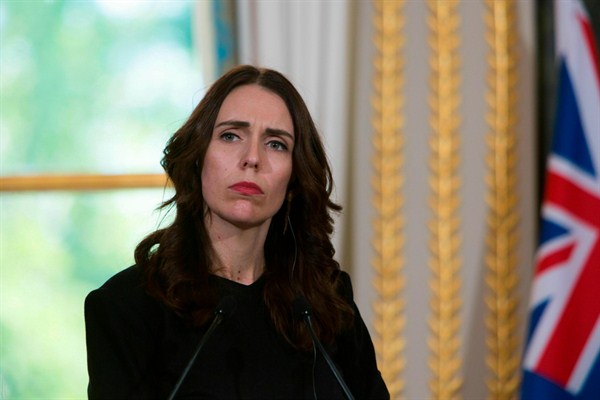Since 2016, protesters from New Zealand’s indigenous Māori population have occupied a plot of land at Ihumātao, near Auckland, to prevent construction of a housing development.* The land was confiscated from its original Māori inhabitants in the 19th century, and protesters are demanding that it be incorporated into a nearby public reserve. The standoff intensified last month after police unsuccessfully tried to evict the protesters, and it could damage Prime Minister Jacinda Ardern’s standing among the Māori population if it is not resolved peacefully. In an email interview with WPR, Grant Duncan, a professor of political studies at Massey University’s Auckland campus, discusses the historical issues behind the protest and the limited options that Ardern has to intervene.
WPR: What is the history of the dispute over Ihumātao, and why is it such an important issue for the Māori?
Grant Duncan: Ihumātao is the site of one of the earliest Polynesian settlements in New Zealand, which Māori know as Aotearoa. There is evidence of continuous agricultural activities since the 14th century, and it has spiritual and historical significance for Māori, partly due to the presence of burial sites.

